Do Anchor Bolts Need to be Galvanized?
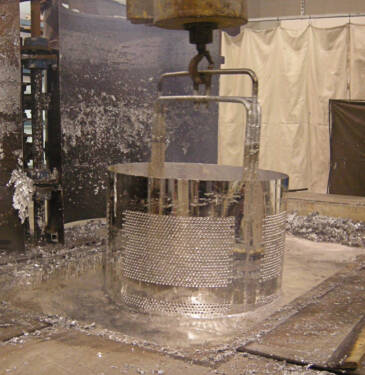 The short answer is no, they don’t need to be galvanized but they can be. In some cases, they should be. You’ll want to consider galvanized anchor bolts if they are going to be in a corrosive environment or exposed to the weather. Galvanizing anchor bolts provide corrosion resistance to the bolt.
The short answer is no, they don’t need to be galvanized but they can be. In some cases, they should be. You’ll want to consider galvanized anchor bolts if they are going to be in a corrosive environment or exposed to the weather. Galvanizing anchor bolts provide corrosion resistance to the bolt.
Instances where it is generally unnecessary, or you shouldn’t use galvanized bolts:
- If you are welding the bolt, the act of welding can release toxic fumes from the zinc coating and produce weld spatter. Welding should be performed prior to the galvanizing process.
- If the bolts are being used in a dry environment or indoors. The point of having the anchor bolts galvanized is to provide resistance to corrosion. If the bolts are being used indoors or are protected from the elements, it is generally unnecessary to have them galvanized.
- You are worried about aesthetics. The most common form of galvanizing is hot-dip galvanizing. This is the process of dipping the bolts into molten zinc. This is for utilitarian purposes and does not create a “pretty” looking bolt. However, anchor bolts are used in the ground so aesthetics typically should not be an issue.
ASTM Anchor Bolt Specification
The ASTM specification that covers anchor bolts is F1554. Within the specification, there are three grades which are F1554-36, F1554-55, and F1554-105. Each grade has different strength requirements. however, they all have the same coating options.
Allowable Coatings for ASTM F1554:
- Plain: This is also referred to as black or bare bolts. The plain coating is exactly as it sounds. This is the lack of a coating and just the bare steel.
- Hot-Dip Galvanizing: ASTM F2329 covers the hot-dip galvanizing of fasteners. This is a form of zinc coating that offers a high degree of corrosion resistance and is an economical way to prevent rust and extend the life of your bolts. Hot-dip galvanizing is the process of dipping bolts in molten zinc which not only coats the steel but also bonds to the steel itself. This is one of the most common coatings. The expected service life of galvanized anchor bolts is more than 30 years.
- Mechanical Galvanizing: Mechanical galvanizing is similar to hot-dip galvanizing except the zinc is purely on the surface and does not metallurgically bond to the steel.
Anchor Bolt Configurations
ASTM F1554 anchor bolts can come in multiple configurations. They can be headed anchor bolts, bent anchor bolts, or straight rods. Straight rods are typically threaded on each end. All thread rod is commonly used as epoxy anchors.
At Portland Bolt, we can manufacture any of the configurations above. We forge our headed bolts.
Process of hot-dip galvanizing anchor bolts
- If the bolts are headed, they are put in a wheelabrater to remove the hot forging scale.
- The bolts are dipped in caustic soda to remove grime or oil that has collected on the surface of the bolts during the manufacturing process.
- Next, the anchor bolts are dipped in sulfuric acid to etch the surface of the steel which allows the zinc to adhere easier to the bolts. The acid also removes any residual mill scale.
- After the bolts are rinsed with water, they are then submerged in Flux which assists the reaction that is about to occur with the zinc and steel.
- The bolts are then submerged in a tank of molten zinc until the zinc has bonded to the steel. The time in the tank varies and is dependent on the size and grade of steel.
- The bolts are then lifted out of the zinc tank and immediately put in a centrifuge which spins the bolts at a high speed to remove excess zinc.
- After the centrifuge, the bolts are then put in water to cool the bolts.
- Finally, each bolt is inspected to ensure quality and easy mating between the nut and bolt.
The challenge of galvanizing threaded anchor bolts
Portland Bolt manufactures and galvanizes anchor bolts in a 140,000-square-foot manufacturing facility in Portland, Oregon. Our hot-dip galvanizing line is designed exclusively for threaded fasteners to ensure a trouble-free nut fit. However, most anchor bolt manufacturers and suppliers rely on an outside company to galvanize their fasteners. These outside galvanizers are often not set up with the sophisticated equipment necessary to properly remove excess zinc from the threads during the galvanizing process. Consequently, many manufacturers resort to “chasing” the threads after the anchor bolts have been galvanized. This practice is strictly prohibited under the F2329 hot-dip galvanizing specification. Chasing the threads is a process in which the anchor bolts are rethreaded, often removing all of the zinc in certain portions of the thread and leading to premature corrosion.
If your project requires quality hot-dip galvanized anchor bolts, give one of our experienced estimators a call!

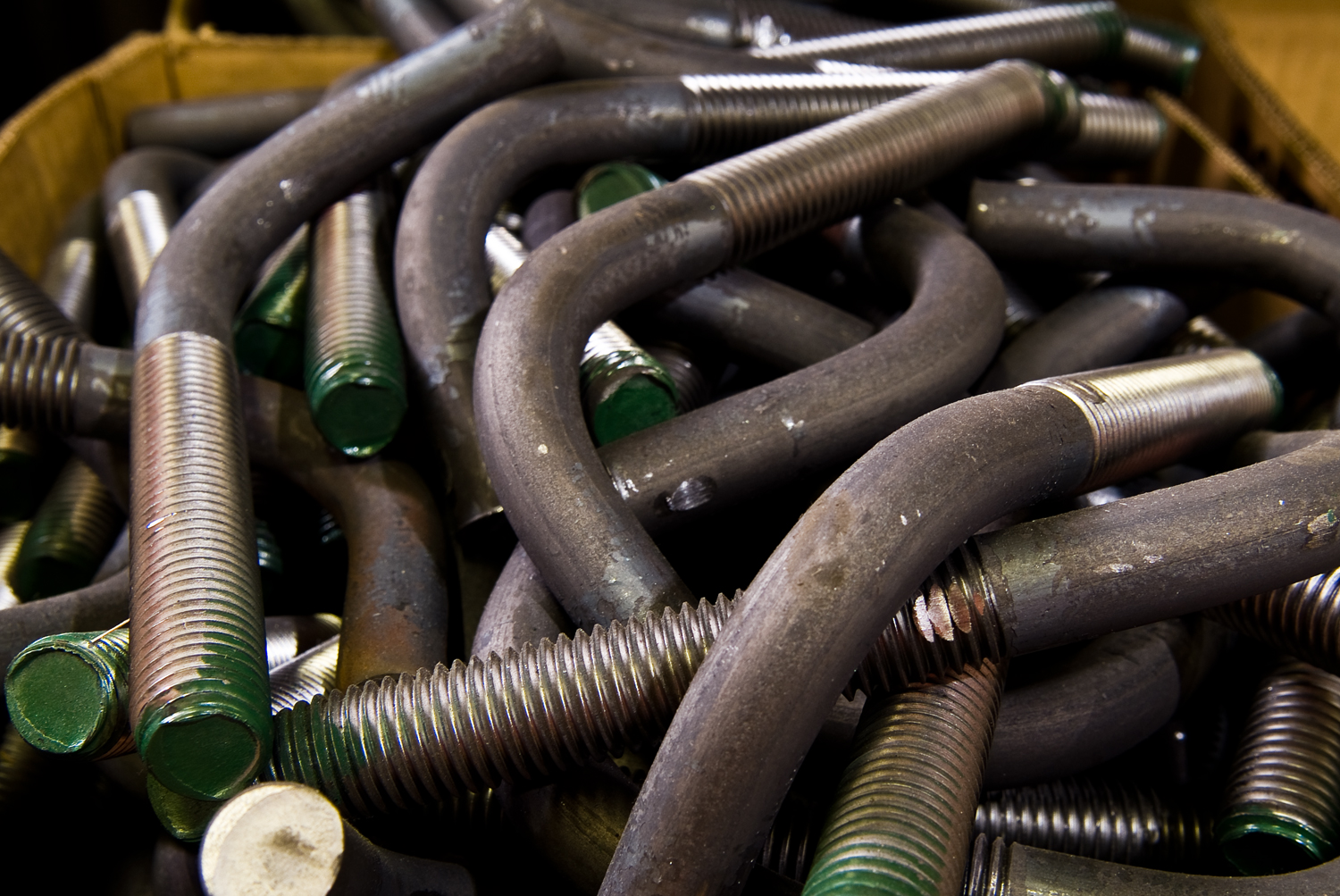
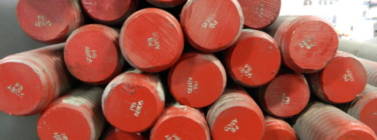
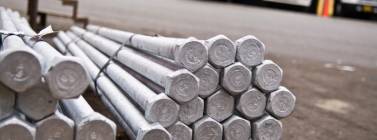
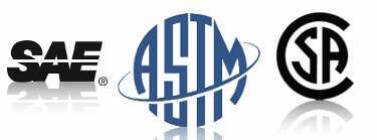
Sometime we get inquire about anchor bolt with coating finish an organic zinc rich primer coating,
Can anchor bolts be finished with an organic zinc-rich primer coating as an alternative to hot-dip galvanizing? Additionally, do you manufacture anchor bolts with this type of finish?
@Fajr- We do occasionally see bolts called out with a zinc rich primer. We don’t know much about the primer as far as how it compares to hot dip galvanizing for corrosion resistance. We do not provide the primer, but we can of course manufacture the bolts – we think the primer is usually applied in the field during or after installation.
We have large quantity of anchors required in an interior enclosed facility. The Anchors are imbedded in thick concrete foundation 4ft deep; to support heavy silos.
Those silos are in complete control environment.
The Anchor bolts are 1 1/4″ diameter embedment over 1′-6″ depending on the silo size.
The Type of bolts A36 and we might use also high strength bolts.
The quest is do we need to galvanize or not.
@Maher- Typically in applications where the bolts are inside and climate controlled, plain finish is usually acceptable. That said, it is up to the project engineer and/or designer as to those specifics.
HI. Is it possible to galvanize a black iron anchor?
@Estrell- Yes, however depending on the condition of the anchor it may need to be sand blasted or cleaned beforehand.